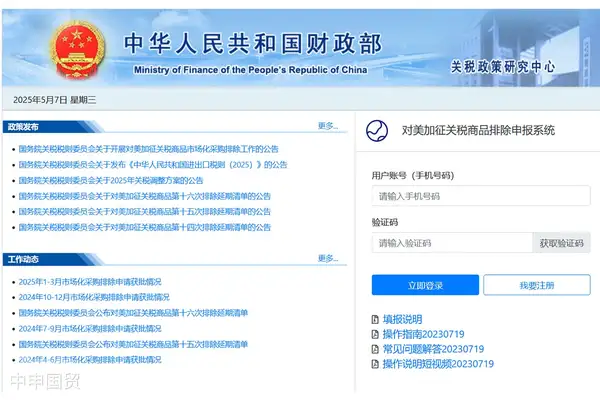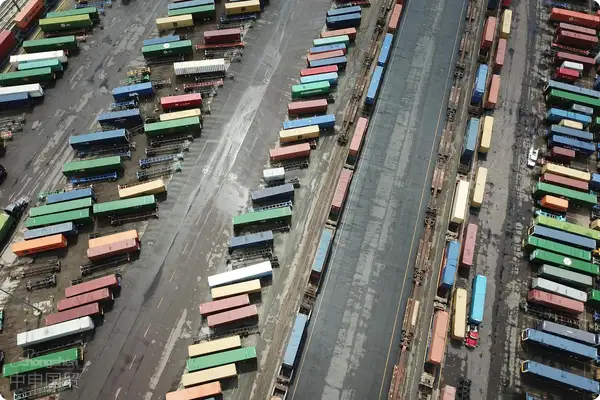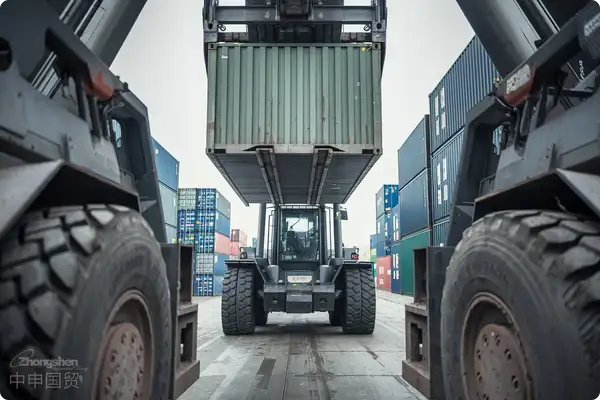- Shanghai Zhongshen International Trade Co., Ltd. - Two decades of trade agency expertise.
- Service Hotline: 139 1787 2118

Pharmaceutical industry in 2025equipment. For example, Indonesia has the SNI certification, Thailand has the TISI certification, and the Philippines has the BPS certification. It is necessary to confirm in advance the equipment voltage (such as 380V/50Hz in Thailand), the compatibility of the CE certification, and the proof of environmentally friendly materials.Market New Landscape
The global pharmaceutical equipment market size is expected to exceed $98 billion in 2025, with Chinas imported equipment share remaining stable at 32%-35%. In the biopharmaceutical equipment sector, the latest data from Germanys B+S Group shows that Chinas tariff reduction policy for imported sterilization equipment and freeze dryers will expand to11 tariff codes, which places higher demands on agencies policy interpretation capabilities.
Three core battlefields in the import process
First battlefield: Pre-approval of access qualifications
- Equivalence determination between EU CE certification and FDA 510(k)
- Verify whether the equipment belongs to Category II control in theMedical EquipmentClassification Catalog
- Bioreactor imports require simultaneous submission of GMP environment validation documents
- Technical parameter difference compensation mechanism
- Cost calculation for voltage frequency conversion (50Hz/60Hz)
- Error between equipment nameplate and customs declaration data must be controlled within ±3%
Second battlefield: Precise application of tariff preferences
- Strategies for improving utilization of free trade agreements
- Tariff reduction for Japanese-made centrifuges under RCEP from 5% to 3.8%
- Duty-free clause for core components of freeze dryers under China-Switzerland FTA
- Typical cases of classification disputes
- A German-imported chromatography system caused 376,000 yuan in tax losses due to HS code misdeclaration
Five screening dimensions for agency service providers
When comparing procurement cases of a foreign-funded pharmaceutical company in Shanghai, it was found that professional agency companies could save customers14.7%comprehensive costs:
- Whether the customs team possesses AEO Advanced Certification service qualifications
- Overseas pre-inspection services cover EU GMP audit standards
- Emergency response capability (completing tariff classification reconsideration within 48 hours)
- Compliance assurance mechanism for technical document translation
- Localized customs clearance network covering major pharmaceutical inspection ports
Construction logic of risk prevention and control system
Typical problems encountered by a listed company when importing sterilization cabinets:
- Technical specifications did not indicate maximum working pressure parameters
- Delayed declaration of pressure vessel regulatory documents by 23 working days
- Finally resolved through the agency companyssecondary declaration procedurerisk mitigation
Three-level early warning mechanism that professional agency services should include:
- Document pre-review completed 72 hours before equipment shipment
- Tripartite verification of declaration data and test reports
- Technical trade measures dynamic tracking system
Industry trend response strategies for 2025
According to the latest revised Duty Reduction and Exemption Management Measures by the General Administration of Customs, special attention should be paid to pharmaceutical equipment imports in 2025:
- The validity period of encouragement category project confirmation letters has been shortened to 6 months
- Imported used equipment requires original manufacturers service life certification
- Biosafety Level 3 laboratory equipment implements a whitelist management system
Related Recommendations
? 2025. All Rights Reserved. Shanghai ICP No. 2023007705-2  PSB Record: Shanghai No.31011502009912
PSB Record: Shanghai No.31011502009912










